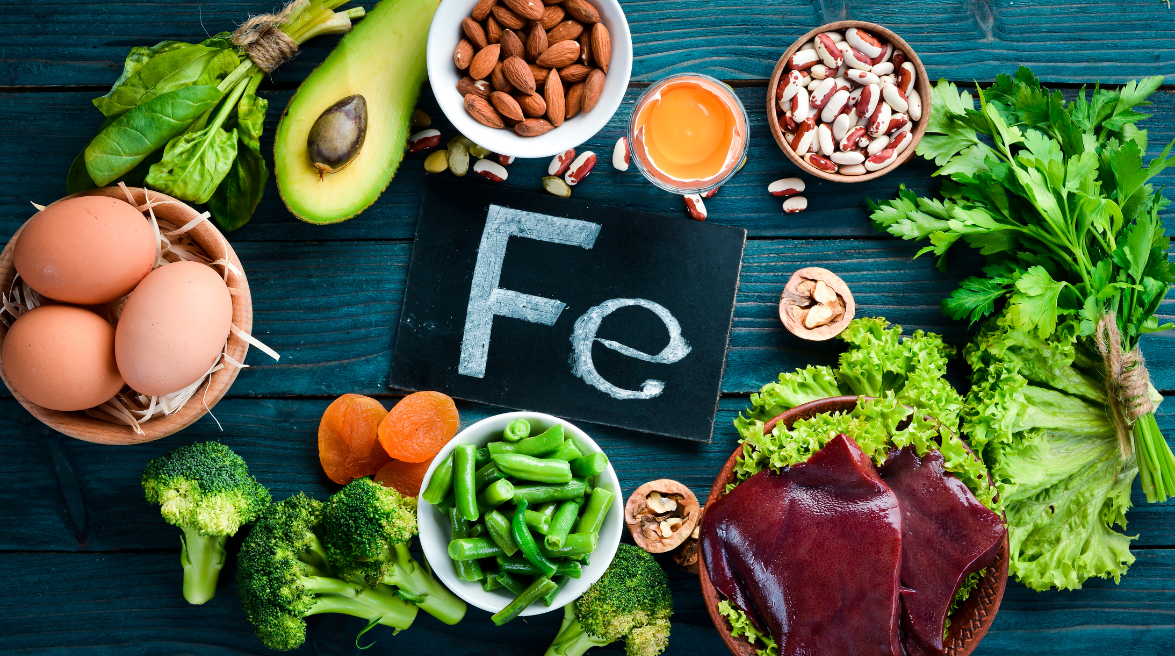Iron deficiency anemia is a common condition in children that can affect their growth, development, and overall well-being. Iron is crucial for producing hemoglobin, a protein in red blood cells that carries oxygen throughout the body. Here are some essential tips to help prevent iron deficiency anemia in children.
Incorporate Iron-Rich Foods
Ensure that your child’s diet includes a variety of iron-rich foods. There are two types of dietary iron: heme iron, which is found in animal products and is more easily absorbed by the body, and non-heme iron, which is found in plant-based foods and is less readily absorbed but still significant.
- Heme Iron Sources: Red meat, poultry, fish, and eggs.
- Non-heme Iron Sources: Legumes (beans, lentils, chickpeas), fortified cereals, tofu, spinach, nuts, and seeds.
Enhance Iron Absorption
Certain foods and nutrients can enhance the absorption of non-heme iron. Include these in your child’s diet to boost iron intake:
- Vitamin C-rich foods: Citrus fruits, berries, tomatoes, bell peppers, and broccoli help increase iron absorption.
- Avoid Calcium-Rich Foods with Iron Meals: Calcium can inhibit iron absorption, so avoid dairy products and calcium supplements during iron-rich meals.
Balanced Diet
A balanced diet that includes a variety of food groups is not only essential for preventing iron deficiency anemia but also for overall health. By ensuring your child consumes adequate fruits, vegetables, grains, and proteins, you are setting them up for a healthy future. This approach helps with iron intake and provides other essential nutrients for overall health.
Regular Check-Ups
Regular medical check-ups can help monitor your child’s iron levels. Pediatricians can recommend blood tests if they suspect iron deficiency and provide guidance on dietary adjustments or supplements if necessary.
Iron-Fortified Products
Many foods are fortified with iron, which can particularly benefit children. Look for iron-fortified cereals, bread, and snacks. This is an easy way to boost iron intake, especially for picky eaters.
Limit Cow’s Milk Intake
Excessive consumption of cow’s milk can interfere with iron absorption and may lead to anemia, especially in young children. For children over one year old, limit cow’s milk to 16-24 ounces daily. Ensure that milk does not replace other iron-rich foods in their diet.
Breastfeeding and Formula Feeding
Breastfeeding is recommended for infants as it provides sufficient iron for the first six months. After six months, iron-rich solid foods should be introduced while continuing breastfeeding. If using the formula, choose an iron-fortified formula.
Avoid Tea and Coffee
Tea and coffee contain polyphenols that can inhibit iron absorption. Therefore, children should avoid these beverages, especially around meal times.
Educate on Healthy Eating Habits
Teaching children about healthy eating habits from a young age can help them make better food choices. Involve them in meal planning and preparation to foster interest in a varied and balanced diet.
Monitor for Symptoms
Be aware of iron deficiency anemia symptoms, which include fatigue, pale skin, irritability, and decreased appetite. Early detection and treatment can prevent complications.
Conclusion
Preventing iron deficiency anemia in children is a responsibility that parents and caregivers can take on. It involves dietary management, education, and regular health check-ups. By incorporating iron-rich foods, enhancing iron absorption, and maintaining a balanced diet, you can help ensure your child gets the necessary nutrients for healthy growth and development. Remember to consult a healthcare provider for personalized advice and address any concerns about your child’s iron levels.

